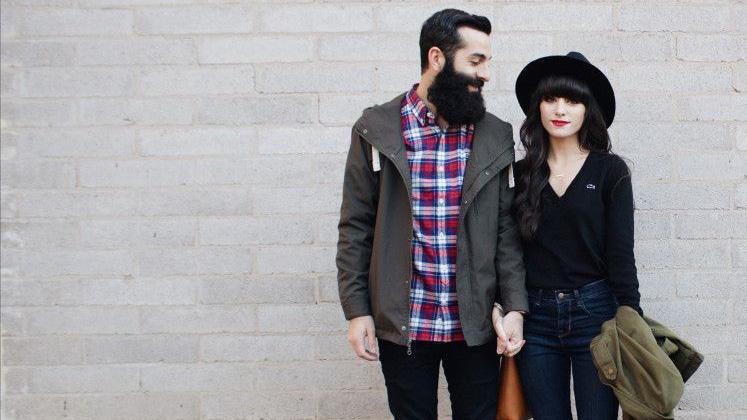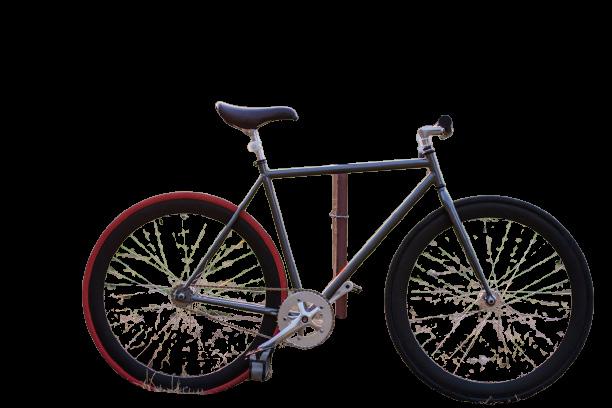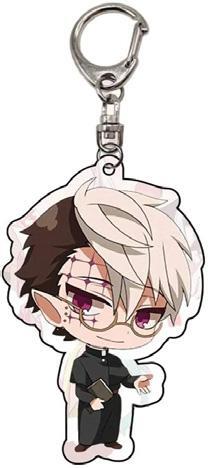
3 minute read
A way of life
from Portfolio
by Paul Kelly
You are going to produce a poster about an urban tribe and their lifestyle.
1 Read the blog about three urban tribes. Match the pictures to each tribe. Which of the highlighted words from the blog can you also match to the pictures?
Advertisement
Urban tribes
Being a member of an urban tribe is a way of life for many people around the world. This week we look at three that have made a big impression!
Cholombianos
When were they first seen?
Cholombianos first appeared in the early 2000s in the Mexican city of Monterrey, and later across all of northern Mexico.
What are they like?
Most cholombianos are peaceful music lovers who like to meet with other music lovers. Their main activity is listening and dancing to cumbia rebajada, a style of dance music which is based on traditional cumbia from Colombia.
What do they wear?
Cholombianos combine hip hop fashion with colourful handmade Aztec clothing that is often made by the cholombianos themselves. Furthermore, they have very particular hairstyles, with short backs and sometimes long fringes and sideburns
What do they listen to?
Cumbia is the only music that exists for Cholombianos!
What else should I know?
Cholombianos wear a special type of necklace with the name of their dance group on it when they attend a big dance competition.
When were they first seen?
New York and London were the cities where hipsters were first identified in the early 2000s and they are now found everywhere, particularly in European cities such as Berlin, Barcelona, Paris and Stockholm. What are they like?
Hipsters say they believe in individuality, but they are members of a large urban tribe. As a result, they are not so unique! They avoid buying clothes that are made by famous brands and prefer to buy vintage. They also love organic food.
What do they wear?
Both male and female hipsters wear skinny jeans, checked shirts and big glasses and male hipsters are famous for their beards.

What do they listen to?
In general, hipsters are associated with indie music and alternative rock groups.
What else should I know?
Hipster cyclists ride single-speed bicycles that you always have to pedal, even downhill!

Otakus
When were they first seen?
Otakus were first seen in the Tokyo district of Akihabara in the 1980s at the same time that anime, a style of drawing in Japanese comics, became popular. There are now fans of otaku culture all over the world.

What are they like?
Otakus are seen as people whose only interest is anime and manga comics. They are believed to be obsessed with them!

What do they wear?
Otakus are well known for having dyed hair and dressing like their favourite anime or manga comic characters. However, these outfits aren’t worn every day; they are only worn at special events.
What do they listen to?
The music that is most popular with Otakus is J- pop, J-rock (Japanese pop and rock) and K-pop (Korean pop).

What else should I know?
Otakus always carry or wear an accessory such as a key ring, cap, watch, necklace or bracelet that has their favourite comic characters’ image on it.
2 Answer the questions with the first letter of the names of the three urban tribes.
1. reads stories?
2. is interested in what they eat?
3. is only present in one country?
4. takes part in competitions?
5. is the oldest?
6. uses a special type of transport?
3 Which tribe(s) would you like to know more about? What would you like to know? Find the information online. Share it with the class.
4 Complete the table with the highlighted words from the blog.
hair clothes extras
5
Which of the words in exercise 4 are adjectives and which are nouns?
LANGUAGE TOOLBOX VOCABULARY practice
6 POSTER Planning and research.
* Decide if your poster will be digital or on paper.
* Go online and do research into an urban tribe in the following areas:
* the history of the tribe.
* the characteristics of the members.
* the way they look.
* the music they listen to.
* other interesting facts.
7 POSTER Create your poster.
* Write 150–200 words.
* Divide the information into clear sections.
* Use some of the vocabulary from this unit.
* Use the passive when you think it’s useful.
* Add images and, if it’s a digital poster, links to video, websites etc.
LANGUAGE TOOLBOX WRITING practice
8 POSTER Present your poster.
* Display your poster at school or online.
9 POSTER Evaluation.
* Which urban tribe(s) interests you the most?
* Did anyone do a poster about the same urban tribe as you? What was similar/ different?
* Which poster was the most original? Why?









